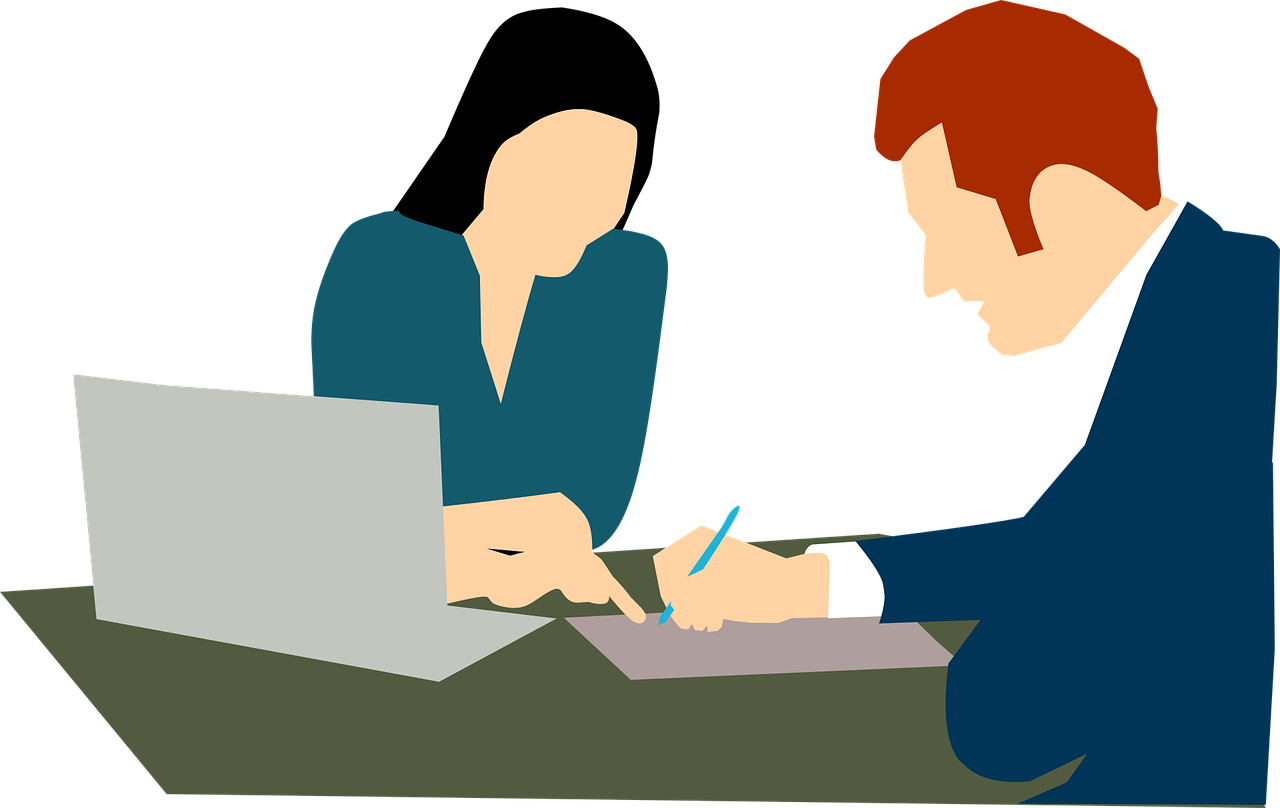When Forbearance Ends
Because of COVID, most lenders have offered what’s known as a mortgage forbearance. A forbearance allows a homeowner defer payments on their mortgage for a period of time. Currently, these programs are very popular with American homeowners and scores of them are taking advantage of the opportunity to skip payments during these uncertain times. We have been fielding numerous questions about forbearances and they all ask, “What happens when the forbearance ends?”
As with so many questions these days, we don’t always have a clear answer to this inquiry. A lot of that is due to the numerous different types of mortgage contracts that exist. In an attempt to help answer this question, we will outline a number of the ways this could all play out.
Nothing
The offer of nothing at all will be what you get from some lenders. They’ll expect you to write a check at the end of the forbearance period for the entirety of the balance owed. If your mortgage payment was $1,000 and your forbearance period was 5 months, they’ll expect a check for $5,000 when the forbearance period ends. While it may have been beneficial for the period to avoid the payments, it will do you no good now unless you’ve been saving your payments up during that time. Because of this situation, we believe that some lenders will offer different terms.
Repayment plan
Some lenders will offer you an option of spreading out the forbearance amount over a period of time yet to be determined. Many institutions are looking at a 6 month period. That means that if you have that $5,000 deficiency, that’ll be spread out over 6 months, adding $833 a month to your $1,000 payment. Again, while this is more helpful, most of us don’t have an extra $800 a month just laying around.
Loan Modification
If you qualify, some lenders are saying that they will roll the missed payments onto the back end of the mortgage. While this catches you up, you’ll also be paying extra interest as well as paying for longer than your intended term. While this is likely the most attractive option to many who have taken advantage of a forbearance, it likely won’t help that many people because it will be a subjective process with a long application and potential credit checks before approval.
Separate Loans
Another potential option is creating what is effectively a second mortgage. This mortgage could require payments that start at the end of the first mortgage or in addition to the first mortgage but with separate terms and interest rates.
How do I even know?
As we stated earlier, this is just an overview of what we have seen personally, heard about and speculated about. Again, this isn’t an exhaustive list and your mortgage company may have other options they can propose for you. Our best advice for you is to explore every option, including bankruptcy.
What if nothing works?
That’s where we will step in. If your lender won’t work with you or isn’t able to help you at all, we can file a Chapter 13 to force them to accept OUR terms. If you find yourself at a dead end with your mortgage lender, call us and let us step in and fight for you. If they won’t work with you voluntarily, we’ll make them work with you.


